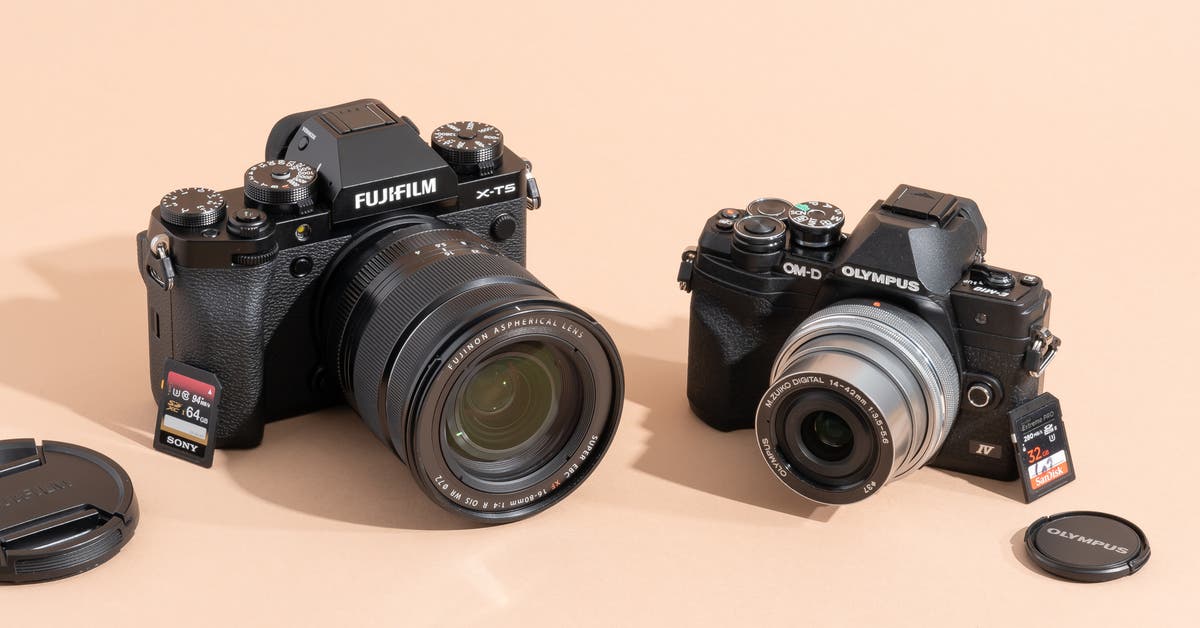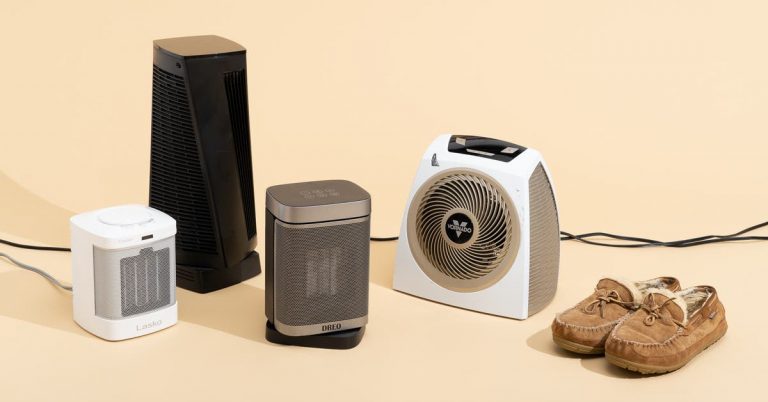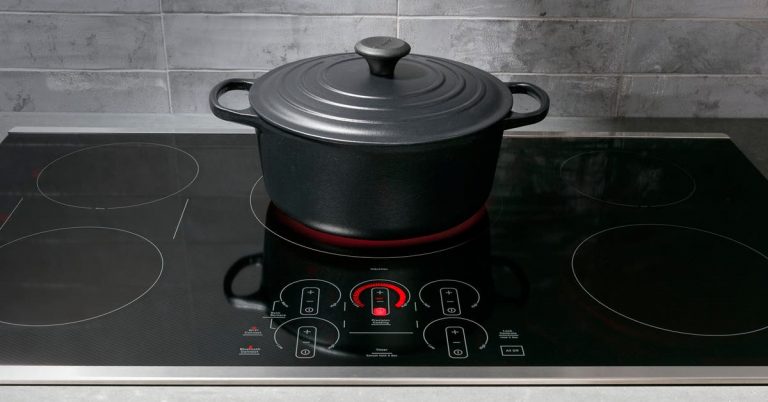The 3 Best Mirrorless Cameras of 2025
Canon’s EOS R10 and EOS R7 are solid APS-C cameras that make nice photos and videos. They’re light and relatively small, and if you think you’ll only ever want the kit lens and a cheap telephoto zoom to go with it, these cameras might serve your needs well. But at this writing, the Canon system lacks a lot of other common lens options, and you’d likely be just as happy with our top pick, which costs less than either Canon model.
The EOS R8 creates high-quality images and has fast autofocus that can track a wide variety of moving subjects. Plus, its 4K 60 fps video recording is impressive for a camera that you can often find for under $1,500 with a kit lens. But the R8’s battery is only rated to give you 150 shots when shooting with the viewfinder (220 if you use power saving mode), there’s no joystick for changing your AF settings, and there’s only one memory card slot.
We haven’t tried the newer Canon EOS R50, an APS-C camera that is priced closer to our top pick than the R10, but we think that the larger range of lenses available for the Olympus system makes it a more attractive option.
We ruled out Canon’s EOS R6 Mark II largely because it consistently costs at least $200 more than our full-frame pick, the Sony ɑ7 IV. In addition, Canon’s EOS-R lens lineup is not nearly as extensive as Sony’s EF mount ecosystem, and third-party lens makers have not yet stepped in to help fill the gap.
Canon’s EOS RP was the company’s smallest and lightest full-frame camera when it was introduced in 2019, and it makes great-looking images. But its autofocus system has since been eclipsed by the features in newer cameras, and as we mentioned above, the selection of native lenses isn’t extensive enough. At the EOS RP’s current price, it isn’t a bad option as a smallish basic full-frame camera body if you’d like to use older Canon lenses via an adapter.
Fujifilm’s X-T50 has the same sensor as our upgrade pick, the X-T5, and can make similarly beautiful images, but its body is smaller in every dimension (especially depth). The extra portability is nice, but it comes at the expense of any kind of front grip, which makes it less comfortable to use. We tried SmallRig’s accessory grip and it helped with some lenses (such as Fuji’s 33mm f/1.4) but didn’t leave enough room for our fingers between the lens and grip with girthier lenses (like the 55-200mm zoom). Its smaller battery is also rated to just 304 shots compared to the X-T5’s 580 shots per charge.
We like the X-T50’s dedicated film simulation dial, which made it easier to change and compare film sims, but ultimately the X-T5’s better ergonomics and other advantages—including a 15 fps burst compared to the X-T50’s 8 fps—make it a better pick overall.
The Fujifilm X-T30 II has a very similar design to the X-T50, which means it shares all of the same drawbacks. It also lacks that camera’s film simulation dial and in-body image stabilization, and uses a lower-resolution 26-megapixel sensor. We think that the lower-priced OM-D E-M10 IV likely still makes more sense to most entry-level buyers, especially due to its built-in image stabilization.
Nikon’s Z f gives the innards of the Z 6II a snazzy-looking shell that evokes classic Nikon film cameras, and may also call to mind the look of Fujifilm’s excellent X-series bodies. While it’s undeniably beautiful, and the tactile dials—which click even more satisfyingly than the X-T5’s—provide an enjoyably old-school interface, we found ourselves dearly missing the Z 6II’s grip.
Even compared to the similarly styled X-T5, the Z f is bigger and weighs significantly more, yet provides even less purchase around front. On a recent trip, we were able to extensively test the add-on grip that Nikon offers in conjunction with accessory maker SmallRig, and it went a long way to solving the Z f’s handling issues. But even so, this is a large, heavy mirrorless camera. Those with larger hands and a taste for the angular designs of yesteryear may appreciate that heft, but it seems likely that more will find it tiring over a long day of shooting.
The Nikon Z 50 offers great ergonomics and produces beautiful photos, though it’s a tad expensive for an APS-C mirrorless camera. Like the Canon EOS R lineup, Nikon’s Z-mount lens system is still fairly barebones, especially for its APS-C cameras (though at least you have third-party options to choose from). Ultimately, the Olympus OM-D E-M10 Mark IV represents a better overall value for most people.
Nikon’s Z 7II, Z 8 and Z 9 all seem like fabulous cameras, but are more powerful than most people need. The Z 9 is a camera specifically made for professional photographers, and at $5,500 without a lens, it’s well beyond the price range of most people who can’t write it off as a business expense. The similar but smaller Z 8 goes for about $5,000 with its kit lens. And the Z 7II costs more than $3,000 when paired with a lens, which is beyond the scope of what we currently test.
With a DSLR-style design, the Panasonic Lumix DMC-G85 isn’t as compact as the Olympus OM-D E-M10 IV. It also costs more. But it’s better for capturing video and for snagging broadcast-quality 4K footage that you can pull stills from, and it has a fully articulated touchscreen and an external-mic input. It’s worth considering for video enthusiasts, but most people will be better served by our top pick.
The Panasonic Lumix DMC-GX85 is another good option for video-first shooters, offering smooth-looking 4K footage. But its photo quality isn’t quite as good as that of other cameras in its price range, especially in low light. Its battery doesn’t last as long, either, and it doesn’t have a flippable screen for selfies.
Anyone interested in Panasonic’s Lumix S5 would be better served going with the S5 II, because that model’s hybrid autofocus system is a noticeable improvement over the S5’s sometimes-wobbly, contrast-only AF.
We were impressed with the full-frame Panasonic Lumix S9’s compact design, and enjoyed the ability to create and apply custom visual styles (using lookup tables, or LUTs) via the Lumix Lab app. We liked the S9’s video quality, and also appreciated the versatility of Panasonic’s open gate setting, which records the video output of the entire sensor so you can use whatever aspect ratio you want. It also allows you to create multiple versions of a video with different aspect ratios after the footage has been captured.
But due to its unusually small size, the S9 doesn’t feel very well balanced with Panasonic’s current lenses. (The company says that it plans to add more compact lenses to its lineup eventually.) The camera is also missing a hot shoe, flash, and viewfinder—with no way to add any of them.
The Sony α7C II uses the same sensor as the Sony α7 IV, but has a smaller body reminiscent of the company’s APS-C cameras. It also has lower-resolution EVF and LCD screens, a single SD card slot, and no joystick to move the AF point or navigate through menus. It’s geared toward video capture, with a dedicated recording button and a shape that lends itself to use with a video rig.
We liked its video quality (despite some rolling shutter issues on faster pans) and were impressed with its AF tracking capabilities, but we ultimately feel that the α7 IV is a more well-rounded camera.
The Sony α7 III remains a wonderful mirrorless camera, with a plenty-adequate 24-megapixel sensor and fast burst shooting. It also has much better battery life than the α7 IV. But we’ve concluded that the newer camera’s improvements make it worth the extra money for people who are ready to spend on a full-frame body.
This article was edited by Ben Keough and Erica Ogg.






